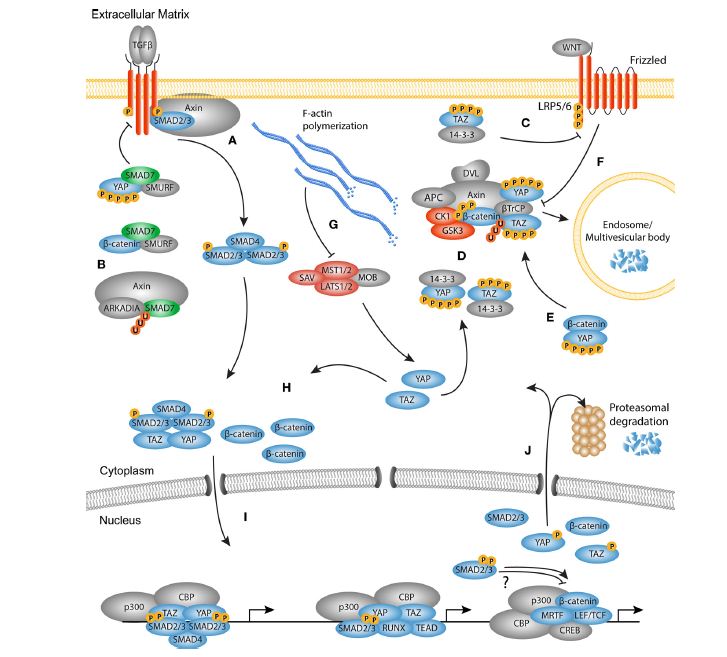
Logout
If you want to log out click in LogOut


Fibrosis is the formation of fibrous connective tissue in response to injury. It is characterized by the accumulation of extracellular matrix components, particularly collagen, at the site of injury (1), and is a common pathological process in many chronic diseases or injuries (2).
Numerous processes, (including inflammation, myofibroblast activation, and endothelial-to-mesenchymal transition), and Several signal transduction pathways, (such as transforming growth factor (TGF)-β, Wingless/Int (WNT), and more recently yes-associated protein 1 (YAP)/transcriptional coactivator with PDZ-binding motif (TAZ) signaling), and interplay between multiple pleiotropic genes, including TGF-β, VEGF, PDGF, EGF and connective tissue growth factor play a role in the establishment and progression of fibrosis (3,4,5).
You can custom your own SignArrays® with the genes of interest of your choice, according to your project, you just have to download and complete our Personalized SignArrays® information file and send it at contact@anygenes.com